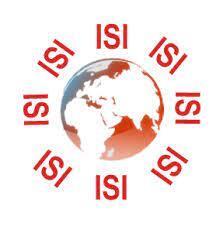Households perception on water scarcity, distribution, and accessibility in Nyanza district, Rwanda
DOI:
https://doi.org/10.62103/unilak.eajst.9.9.109Keywords:
Households perception, Nyanza, WASAC, Water accessibility, Water distribution, Water scarcityAbstract
Limited access to water caused by its scarcity is becoming one of the most serious problems facing several developing countries including Rwanda. For this, understanding the community perception of water scarcity is more pertinent. The purpose of this study is to analyze the household’s perception on water scarcity, distribution, and accessibility as well as examining the way communities and institutions deal with water insufficiency in their livelihoods in Rwanda, Nyanza district. A cross-sectional survey was conducted among local communities, local leaders and the institution in charge of water and sanitation (WASAC) where 510 respondents were conveniently and purposively sampled to respond to the questionnaires and interviews designed to collect primary data to be analyzed using SPSS software. Overall, 500 respondents were members of the community and local leaders whilst 10 respondents were staff from WASAC. The results indicated the location of the household (unplanned settlement areas) as one of the major factors that explain the inequality in water distribution and accessibility. As revealed by majority 32%, water supply infrastructure is scarce and deteriorated. Moreover, water scarcity led the community especially female to travel long distances in search of water which generally affects their livelihood. Finally, as ascertained by 46% of respondents, the hilly topographic nature of the district becomes a challenge to WASAC as it hampers the installation of sufficient water distribution networks. This study may be instrumental in tackling the severity of water scarcity issues among communities and therefore, be vital for the institution in charge to increase water services more efficaciously for water accessibility. Moreover, it can serve as a baseline when setting new plans, strategies and policies regarding equity, adequate water distribution and management initiatives in Rwanda as a whole and Nyanza in particular.








